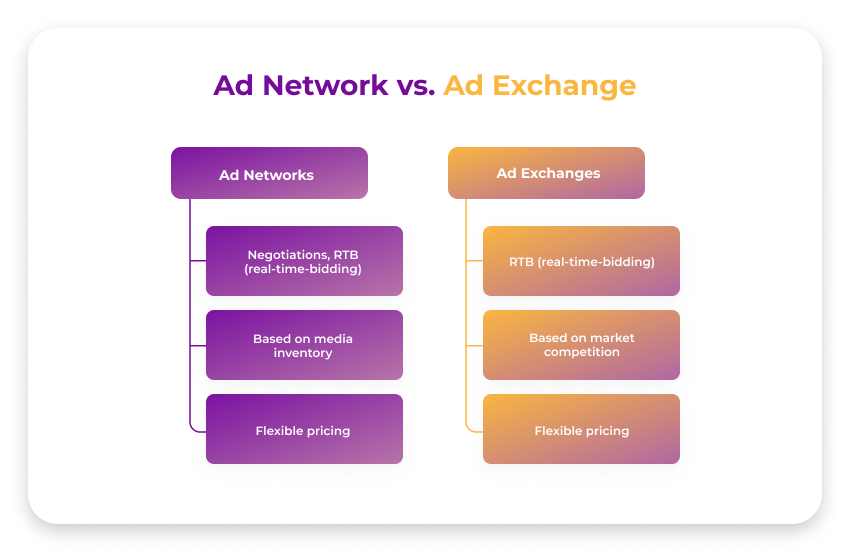Ad Exchanges Explained: How They Operate and Benefit Publishers
Ad exchanges are pivotal in the digital advertising landscape, acting as dynamic marketplaces where publishers and advertisers converge to buy and sell ad inventory. This article delves into the mechanics of ad exchanges, their operational frameworks, and the myriad benefits they offer to publishers.
Understanding Ad Exchanges: A Comprehensive Overview
What is an Ad Exchange?
An ad exchange is a technology-driven platform that facilitates the buying and selling of digital advertising space between publishers and advertisers. Unlike traditional methods that often require intermediaries, ad exchanges streamline this process, allowing real-time transactions through automated systems. This marketplace supports various ad formats, including display, video, native, and mobile ads, catering to diverse advertising needs.
How Do Ad Exchanges Work?
The operation of an ad exchange can be likened to a virtual auction. When a user visits a publisher’s website, an ad request is sent to the exchange. Advertisers then bid on the available ad space in real-time using Demand-Side Platforms (DSPs). The highest bidder wins the opportunity to display their advertisement, with the entire process typically completed in milliseconds.
The Ad Exchange Process: Step-by-Step
- Publisher Registration: Publishers sign up for an ad exchange and list their available ad inventory.
- Inventory Availability: They provide details about their ad spaces, including formats and locations on their websites.
- Bid Requests: When a user visits a site, an ad request is sent to the exchange.
- Real-Time Bidding: Advertisers place bids based on targeting criteria.
- Ad Selection: The highest bid wins, and the selected ad is displayed to the user.
- Performance Tracking: Both parties can track performance metrics for optimization.
Benefits of Ad Exchanges for Publishers
Enhanced Revenue Opportunities
One of the primary advantages of using ad exchanges is the potential for increased revenue. By exposing their inventory to a broader pool of advertisers through real-time bidding, publishers can achieve higher fill rates and better CPM (cost per thousand impressions) rates compared to traditional methods.
Greater Control Over Inventory
Ad exchanges empower publishers with control over their inventory. They can set parameters regarding which ads are displayed, ensuring that only relevant and high-quality advertisements reach their audience. This capability not only enhances user experience but also protects brand integrity.
Access to Advanced Targeting Capabilities
With sophisticated targeting options available through ad exchanges, publishers can cater to specific audience segments more effectively. Advertisers can target users based on demographics, behavior, and interests, leading to higher engagement rates and improved campaign performance.
Transparency in Transactions
Ad exchanges promote transparency in advertising transactions. Publishers receive detailed reports on bids received, winning ads, and overall performance metrics. This transparency helps build trust between publishers and advertisers while enabling informed decision-making for future campaigns.
The Future of Advertising Through Ad Exchanges
As digital advertising continues to evolve, ad exchanges are becoming increasingly integral to how publishers monetize their content. By leveraging real-time bidding technology and offering enhanced control over inventory, these platforms provide significant advantages that can lead to improved revenue streams and better advertiser relationships. In summary, understanding how ad exchanges operate not only benefits publishers but also enriches the overall ecosystem of digital advertising by fostering efficient transactions and targeted campaigns.

